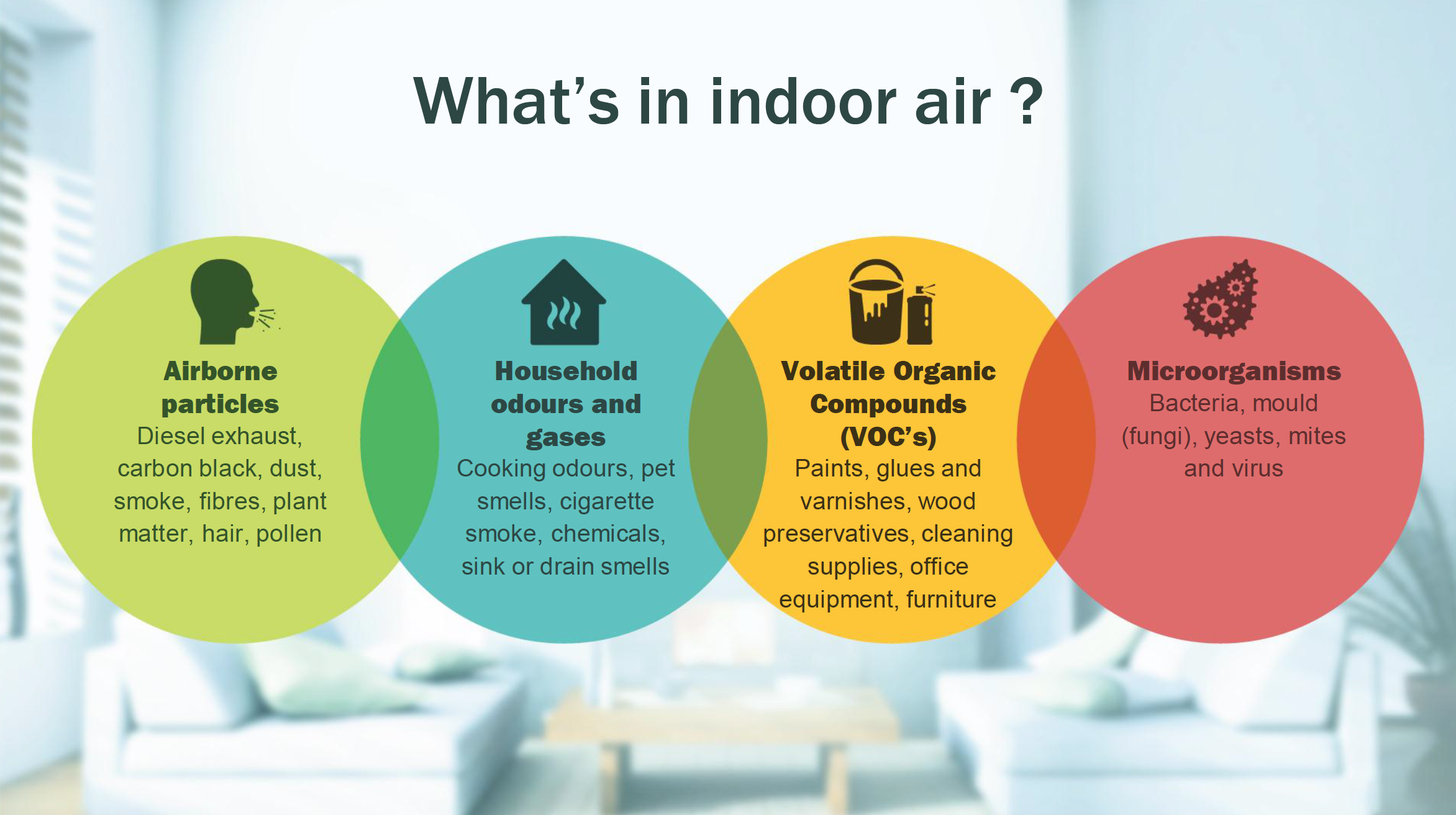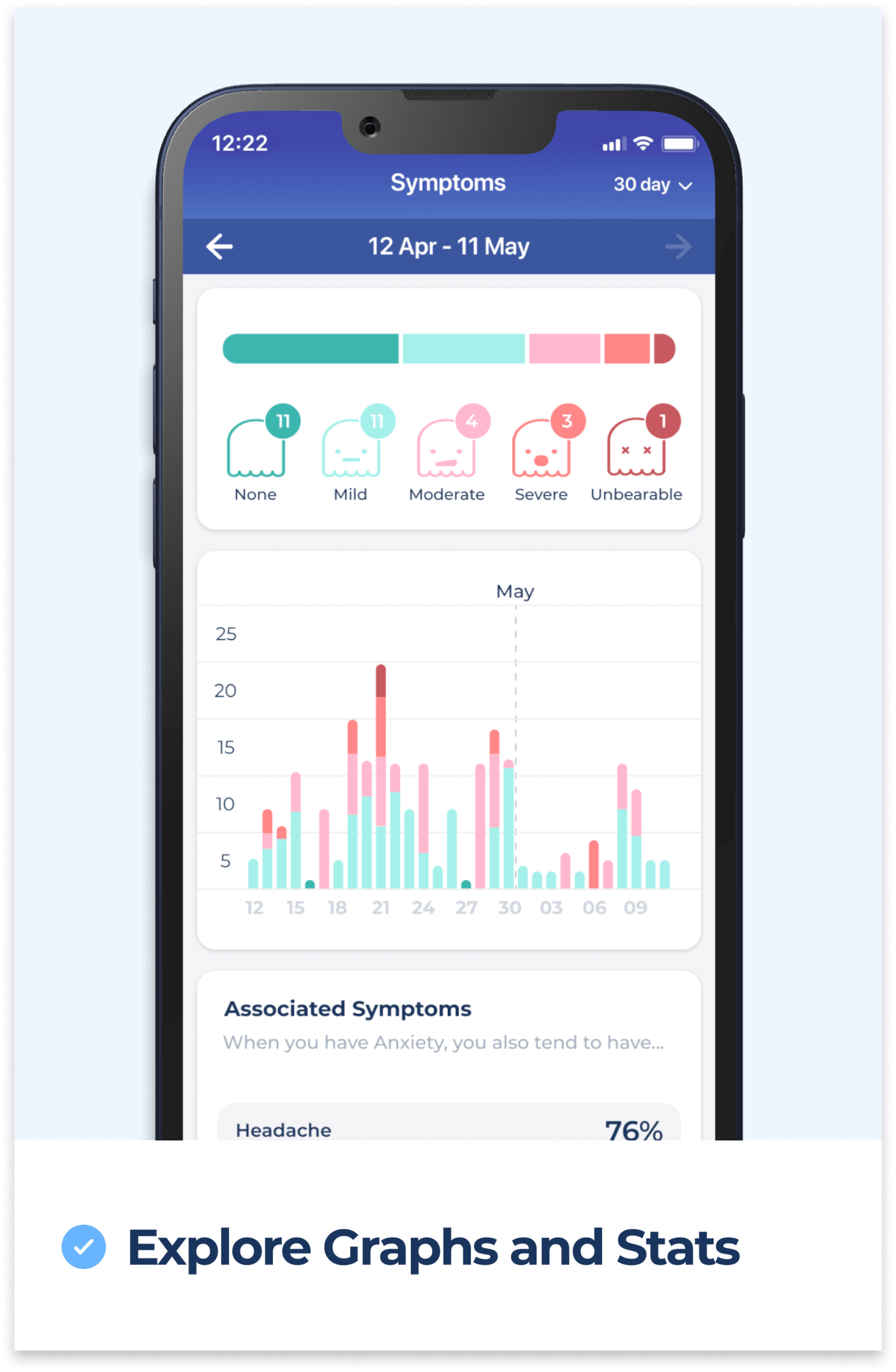Indoor air quality is a crucial aspect of our health and well-being, particularly as we spend approximately 90% of our time indoors, whether at home, school, or work. Poor indoor air quality can lead to various health effects of air quality, ranging from respiratory issues to decreased cognitive function, revealing the often-overlooked danger of indoor air pollution. To combat these issues, it’s essential to explore ways to improve indoor air quality through better ventilation, effective filtration systems, and healthy building design practices. In fact, studies show that enhancing workplace air quality can significantly boost productivity and mental clarity. By understanding the impact of our indoor environments on our health, we empower ourselves to create healthier living and working spaces for everyone.
The term “indoor environmental quality” encompasses various elements that influence our health, especially within enclosed spaces. Many people are unaware that the air quality in their homes and workplaces can significantly affect their overall well-being and cognitive abilities. Various factors contribute to this environment, including indoor pollutants, ventilation rates, and even design choices that facilitate or hinder air circulation. Recognizing the importance of this aspect of our daily lives allows us to make informed decisions for creating healthier indoor spaces. By prioritizing strategies to foster optimal indoor conditions, we can protect ourselves from the adverse effects linked to indoor air challenges.
Understanding Indoor Air Quality
Indoor air quality (IAQ) is crucial to maintaining both physical and mental well-being, especially since Americans spend approximately 90% of their time indoors. Poor IAQ can stem from various sources including indoor air pollution produced by mold, dust, and off-gassing from household and office materials. Understanding the sources of these pollutants is essential for recognizing how they can impact health, leading to issues such as respiratory problems, fatigue, and decreased cognitive function.
To improve indoor air quality, it is vital to monitor ventilation systems, ensure proper filtration, and regularly maintain HVAC units. Additionally, incorporating plants for natural air purification and using non-toxic materials in building design can significantly reduce the levels of indoor pollutants. By prioritizing healthy building design, individuals and organizations can create environments that not only support health but also enhance productivity and comfort.
The Health Effects of Air Quality on Employees
The health effects of air quality are particularly evident in workplace settings where employees may experience various symptoms related to indoor air pollutants. Studies have shown that poor air quality can lead to decreased cognitive function, increased absenteeism, and lower overall job satisfaction. Symptoms such as headaches, respiratory problems, and fatigue can be directly linked to the quality of air in office environments, making it crucial for employers to take these factors seriously.
By recognizing the importance of air quality in the workplace, employers can implement strategies to improve their environments. Simple adjustments like increasing outdoor air intake, utilizing air purifiers with HEPA filters, and regularly checking the ventilation systems can lead to significant improvements in employee well-being. Not only does a healthier workplace foster better health outcomes, but it also promotes greater productivity and creativity among staff.
Improving Indoor Air Quality in Homes
Improving indoor air quality in residential spaces is fundamental for overall health, particularly as indoor air is often more polluted than outdoor air. Homeowners can take various steps to enhance the quality of air in their houses, such as minimizing the use of synthetic fragrances, regularly cleaning carpets, and using high-efficiency particulate air (HEPA) filters in vacuums. Ensuring proper ventilation and reducing humidity levels can also prevent mold growth, a common indoor air pollutant.
Regular maintenance and inspection of appliances can help identify potential sources of indoor air pollution, such as gas leaks or outdated heating systems. Additionally, homes designed with healthy building principles, which incorporate natural light and effective air circulation, can promote a more conducive living environment. Emphasizing indoor air quality in home design not only supports physical health but also contributes to improved mental clarity and comfort.
Workplace Air Quality: Enhancing Employee Well-being
Workplace air quality significantly influences employee health and productivity. Implementing effective air quality management strategies can reduce the concentration of harmful pollutants, promoting a healthier workplace. Regularly evaluating air quality and utilizing technologies like air monitors can help managers identify issues early, leading to timely solutions and preventive measures.
Employers can enhance workplace air quality by encouraging practices such as frequent air exchange and using nontoxic cleaning products. Moreover, educating staff about the significance of IAQ can foster a culture of health-awareness. By prioritizing workplace air quality, businesses invest not only in employee health but also in their lasting success and performance.
Healthy Building Design and Its Impact
Healthy building design is an emerging concept that focuses on the creation of spaces that enhance the overall well-being of occupants. This approach prioritizes factors such as natural ventilation, the use of non-toxic materials, and enhanced lighting to improve indoor environments. Research has shown that well-designed spaces can significantly reduce discomfort and health-related issues associated with poor air quality.
Incorporating elements like green walls, indoor plants, and ergonomic features can contribute to a healthier living and working environment. Architects and builders are now tasked with considering how each design choice impacts the air we breathe and our health. A focus on healthy building design not only creates a more pleasant atmosphere but also leads to long-term health benefits for individuals, including reduced stress and increased happiness.
Recognizing Sources of Indoor Air Pollution
Recognizing the sources of indoor air pollution is the first step toward improving air quality in any environment. Common pollutants include dust, pet dander, VOCs from paints and cleaners, and mold, all of which can accumulate if not properly managed. Understanding where these pollutants originate can help homeowners and building managers develop effective strategies for mitigating their impacts.
Addressing these sources involves a combination of regular cleaning, proper ventilation, and the use of air purification systems. By identifying specific pollutants and understanding how they infiltrate indoor spaces, individuals can take proactive steps to reduce their exposure, ultimately leading to healthier living and working conditions.
The Role of Ventilation in Indoor Air Quality
Ventilation plays a critical role in maintaining good indoor air quality by facilitating the exchange of stale indoor air with fresh outdoor air. Effective ventilation systems can greatly reduce the concentration of indoor air pollutants, thereby improving comfort and health. Ensuring that ventilation systems are functioning optimally involves regular inspections and adjustments to air flow rates.
The design of ventilation systems should also take into account the specific needs of a building, including occupancy levels and types of activities taking place. Enhanced ventilation strategies, like those that increase outdoor air intake, are essential for improving indoor air quality, particularly in high-traffic areas such as workplaces and schools. Properly managed ventilation not only reduces contaminants but also enhances the overall atmosphere.
Benefits of HEPA Filters in Indoor Air Quality
HEPA (High-Efficiency Particulate Air) filters are known for their effectiveness in trapping airborne particles, which can significantly improve indoor air quality. By capturing allergens, dust, and other pollutants that can affect health, HEPA filters reduce exposure to potentially harmful substances found indoors. Consequently, making the switch to HEPA filtration systems can enhance the air quality of both residential and commercial spaces.
In addition to their pollutant-reducing capabilities, HEPA filters also contribute to better respiratory health. Many individuals with allergies or sensitivities to air quality will benefit from cleaner air, leading to fewer symptoms and an improved quality of life. Furthermore, promoting the use of HEPA filters in indoor settings can help foster a culture of health awareness, encouraging communities to prioritize air quality.
Strategies for Reducing Indoor Air Pollution
Reducing indoor air pollution requires a multifaceted approach that involves both behavioral changes and technological investments. Simple strategies like regular cleaning, reducing clutter, and choosing low-VOC paints can greatly decrease the overall pollution levels within a home or office. Additionally, utilizing air purifiers and ensuring good ventilation are critical steps in maintaining clean indoor air.
Moreover, educating individuals about the common sources of indoor pollution can foster more conscious decision-making regarding the use of household products and the management of indoor environments. When people are informed about the impact of their choices on indoor air quality, they are more likely to adopt practices that lead to healthier living spaces, benefiting both their personal health and that of those around them.
Frequently Asked Questions
What is indoor air quality and why is it important?
Indoor air quality (IAQ) refers to the condition of air within buildings and structures, particularly as it relates to the health and comfort of building occupants. Poor indoor air quality can lead to various health issues, including respiratory problems, headaches, and fatigue. Ensuring good IAQ is crucial for maintaining a healthy living and working environment.
How does indoor air pollution affect health?
Indoor air pollution can have significant health effects, including exacerbating asthma, allergies, and other respiratory conditions. Pollutants such as volatile organic compounds (VOCs), mold, and particulate matter can cause short-term and long-term health issues, negatively impacting overall well-being.
What are some effective ways to improve indoor air quality?
To improve indoor air quality, consider increasing ventilation, utilizing air purifiers with HEPA filters, maintaining humidity levels, and regularly checking for mold. Incorporating plants can also help filter indoor air toxins, contributing to a healthier space.
How can workplace air quality affect employee productivity?
Workplace air quality has a direct impact on employee productivity. Studies have shown that improved ventilation and air quality can enhance cognitive function, leading to better focus, reduced absenteeism, and increased overall job performance.
What role does healthy building design play in indoor air quality?
Healthy building design integrates principles that enhance indoor air quality through effective ventilation, use of non-toxic materials, and strategic layouts. Such designs prioritize occupant health, reducing indoor air pollutants and promoting a conducive environment for work and study.
Can outdoor air pollution affect indoor air quality?
Yes, outdoor air pollution can significantly impact indoor air quality, especially if buildings are not properly ventilated. Pollutants can infiltrate homes and workplaces, contributing to indoor air pollution levels and potentially harming occupant health.
How much of the indoor air can come from neighboring apartments?
In multi-unit dwellings, up to 30% of the indoor air can come from neighboring apartments. This includes contaminants carried through shared ventilation systems, which can affect the overall indoor air quality in your living space.
What steps can I take to reduce airborne diseases in indoor environments?
To reduce the spread of airborne diseases indoors, bring in more outdoor air, improve filtration systems, and use portable air cleaners with HEPA filters. These measures can significantly enhance indoor air quality and safeguard occupant health.
Is it true that dust can be hormonally active?
Yes, it is true that dust can contain hormonally active compounds. This means that airborne dust may contribute to various health issues, including hormonal imbalances and other related health concerns.
How has the approach to building air ventilation changed over the years?
The approach to building air ventilation shifted significantly in the 1970s, primarily focusing on limiting complaints related to body odors and improving comfort, but recent research emphasizes the importance of ventilation rates in enhancing cognitive function and overall health.
| Key Points |
|---|
| Americans spend approximately 90% of their lives indoors, impacting their health negatively. |
| A study found that increasing building ventilation can enhance cognitive function among workers. |
| Knowledge about indoor air contaminants can help in making spaces healthier. |
| Indoor air often contains pollutants from outdoors, with significant amounts coming from adjacent apartments. |
| Improving air quality through ventilation and filtration can reduce the spread of infectious diseases indoors. |
Summary
Indoor Air Quality (IAQ) is a crucial aspect of our health, especially considering that Americans spend around 90% of their lives indoors. Poor indoor air quality can lead to various health issues, including fatigue and difficulty concentrating. Enhancing IAQ through increased ventilation, proper filtration systems, and awareness of exposure to pollutants is essential for maintaining better health. By focusing on improving indoor environments, we can significantly impact our well-being and productivity.



